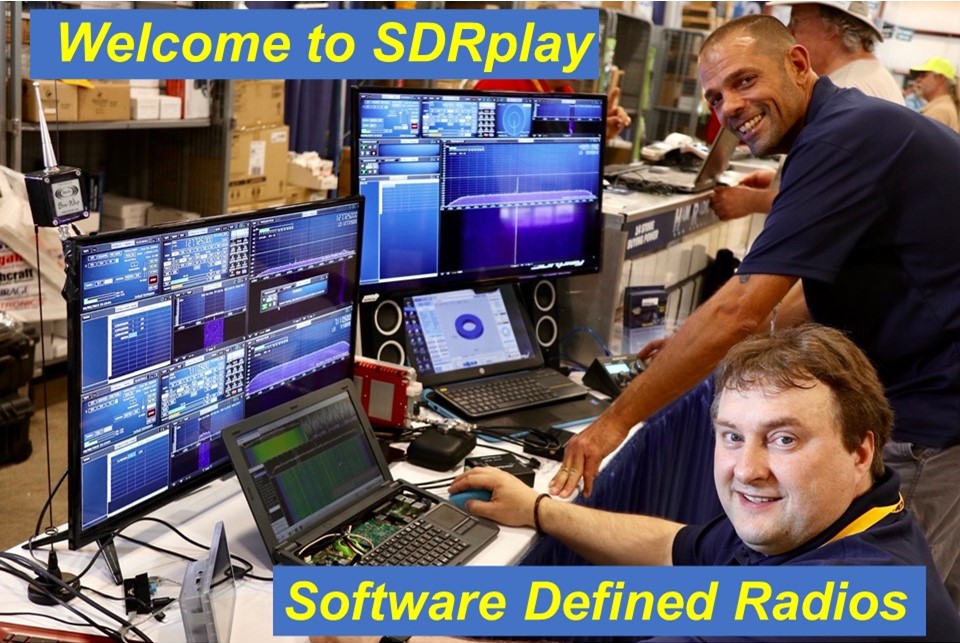unbuildpain
Full Member level 2
A DIY SDR kit is being sold with regular DVB-T, DVB-T2, etc tuner card, it has to be assembled inside another PCB, and other components have to be soldered, the soldering could be bit complicated and might require special components, because SMD have to be soldered, thin wires have to be soldered to the IC points, which are near other SMDs. This DIY kit offers frequencies from 100KHz till 1.7GHz.
Whereas pre-built RTL SDR kits provide only 24MHz till 1.7GHz but they claim they replaced oscillators, capacitors, etc to reduce temperature and thereby making it stable at high frequencies like 1.7GHz. Is this marketing speak or is there any truth to it? Between these two, which one is better?
Whereas pre-built RTL SDR kits provide only 24MHz till 1.7GHz but they claim they replaced oscillators, capacitors, etc to reduce temperature and thereby making it stable at high frequencies like 1.7GHz. Is this marketing speak or is there any truth to it? Between these two, which one is better?

